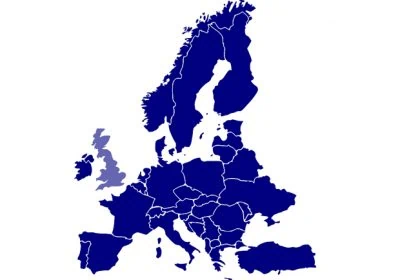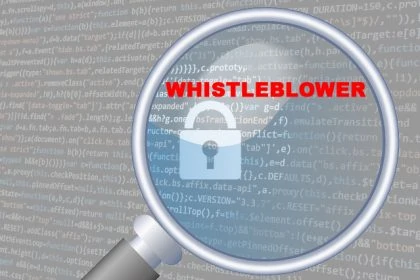Is a prior art published online relevant for a patent application, for which this publication was already considered a new day in Europe, but still a day before in Alaska and Hawaii? A ruling of the BGH on time zones and prior art on the priority day.
Patent law was conceived at a time when the Internet and fast, worldwide Internet publications were still unthinkable. In an analogue world, the process is clear: priority can be given to a patent application if the invention is technical and new. This applies to German patent law as well as to European patent law.
According to Art. 54(2) in conjunction with Art. 89 EPC (European Patent Convention), what has been made available to the public by written or oral description, by use or in any other way before the filing date or the priority date of the European patent application constitutes the state of the art.
Jurisprudence inconsistent on time zones and time of publication
This rule refers to the calendar day of the patent application, the hour or minute of filing is irrelevant. What is unique in an analogue world is uneven due to the digital publishing possibilities. In view of the different time zones, different reference times have been used in case law and administrative practice for the time of publication of the state of the art.
The date of a public publication within the meaning of Art. 54(2) EPC has been set aside:
- The time zone applicable at the place of filing of the patent or priority application (Opposition Division of the EUIPO and the High Court of England and Wales)
- Whether the citation was available on the Internet in any time zone on the day before the filing or priority date (Examination Division of EUIPO)
Both approaches have their justification, which the Federal Supreme Court also acknowledged in its judgment.
In favour of the approach mentioned under A), the BGH stated that the consistent use of the time zone of the patent office at which the patent or priority application was filed rules out the possibility that a citation which had not been published before this period could constitute prior art.
However, for this approach it is necessary that the exact time of publication must be determined, especially for publications in other time zones – because 8.36 Central European Time [CET] on 8 January is simultaneously in Alaska at 22.36 [Yukon time] on 7 January and in Hawaii at 21.36 to Hawaii standard time, also on 7 January.
In the event of a dispute, however, the approach mentioned under B) had the consequence that publications also belonged to the state of the art, although in principle they were only considered to have been published at the patent office there one day later, since the publication could also be retrieved via the Internet in Alaska or Hawaii after the time applicable there on the day before filing of the priority application.
BGH rejects extension to all time zones
The BGH rejected an extension of the reference frame from the time zone at which the publication action took place to all time zones without any reference to the publication action.
The Federal Court of Justice therefore recalled the fundamental idea of the Paris Convention. Accordingly, the exact time and thus also the ratio of the calendar days applicable at different reference places is irrelevant in each case – and thus also permits a publication to have taken place at a certain place on a certain calendar day (after the time zone applicable after this place) lying before the filing date at its count. Alternatively, the time zone applicable at the place where the act took place, with which the technical teaching was made accessible to the public, could also be used as a yardstick for determining the time of the prior publication.
Public accessibility for the experts
For this reason, the Federal Court of Justice ruled that the best way to make a technical teaching available to the public via a medium such as the Internet that enables immediate worldwide availability is to take account of the place and time zone where the action leading to the public accessibility of technical information for the professional world takes place, also corresponds best to the Paris Convention.
Leading decision
“A technical teaching which is made available to the public by being uploaded to a web server and made available to the general public or to part of the professional public worldwide via the Internet shall not constitute prior art if, at the time of upload, the priority or filing date had not yet started in a time zone other than that of the uploading location”. (Quoted and translated from the ruling of the BGH, Akz. X ZR 14/17.)
With this ruling, the BGH has stated an important decision which remedies the legal uncertainty in the classification of time zones and the state of the art on the filing date or priority date – at least in German patent law.
Do you need help or support in a patent application for Germany or International?
Our lawyers are experienced in trademark and patent law, national and international law.

Sources:
Image:







Leave a Reply